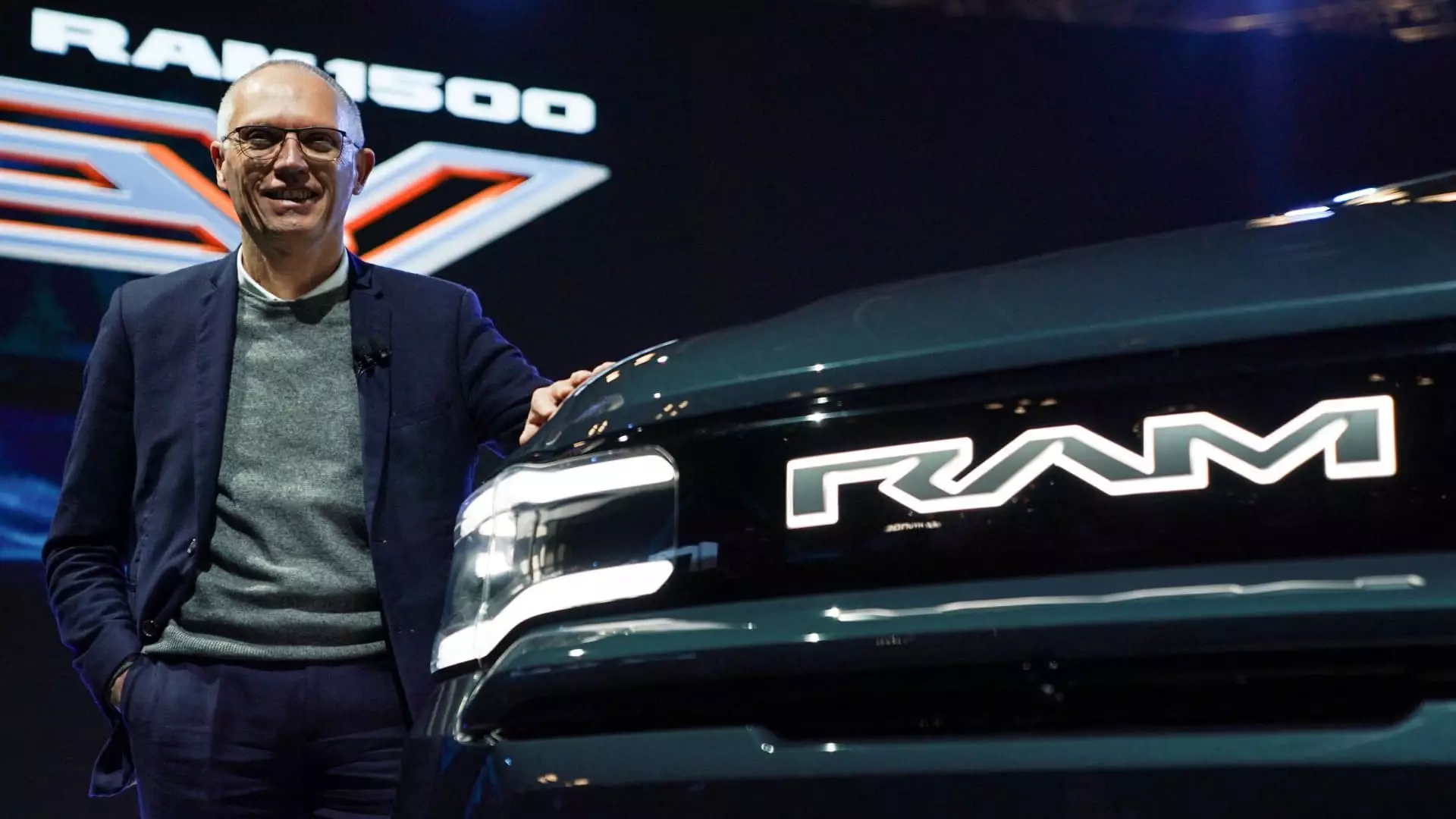The automotive industry has always been subject to sharp fluctuations in market dynamics and stakeholder expectations, but recent developments at Stellantis reveal deep-seated tensions between corporate leadership, dealerships, and labor. As the company navigates through a tumultuous period marked by sales declines and production cuts, a desertion of confidence appears evident from both its dealer network and the United Auto Workers (UAW). The unfolding narrative raises crucial questions about leadership strategies, brand sustainability, and the future of Stellantis in a competitive automotive landscape.
In an unprecedented move, the Stellantis dealer network, representing around 2,600 dealerships across the United States, has aligned with the UAW to express their dissatisfaction with CEO Carlos Tavares. Kevin Farrish, the chair of the National Dealer Council, did not hold back in a recent open letter, shedding light on the gravity of the situation. He criticized Tavares for what he termed “reckless short-term decision-making,” which, he argues, has prioritized immediate profits at the expense of long-term brand integrity. This rhetorical indictment underscores a growing discontent within the ranks who are keenly aware that a decline in market share—a staggering drop of nearly 50%—poses a serious threat to their livelihoods and professional legacies.
Farrish’s grievances exemplify a broader issue facing Stellantis: the disconnection between its leadership and the realities of the marketplace. As sales figures demonstrate consistent downward trends—from a high of 2.2 million vehicles in 2018 to just over 1.5 million last year—the adjustments needed to reverse this trajectory appear glaringly evident. The dealer council’s complaints not only highlight an urgent need for recalibrated leadership strategies but also signal an alarming escalation in dissatisfaction that has the potential to harm brand reputation.
While Tavares has championed a cost-cutting agenda conceptualized in the “Dare Forward 2030” vision, these measures have sparked fierce criticism from multiple fronts. This tension is not only rooted in declining sales, but also extends to stalled relationships with key stakeholders, including dealers and employees. Recent statements from Stellantis emphasized that the leadership does not view public criticism as a constructive way to address issues, indicating a desire to manage dissent internally. However, this approach raises questions about transparency and accountability.
In contrast, UAW President Shawn Fain has been outspoken regarding both operational practices and labor relations under Tavares’s leadership. The concerns raised by the UAW resonate with those voiced by the dealer network, creating a unique coalition of dissent that illustrates the profound impact of corporate choices on all facets of the business. As the union prepares to rally against what it describes as “gross mismanagement,” the sentiment among the workforce mirrors that of the dealer council: a pressing demand for clarity in corporate decision-making processes and shared accountability for performance.
Despite recording robust profits in 2023, with a net income of 5.6 billion euros, the stark 48% year-over-year decline raises alarms about sustainability. Tavares’s fixation on cost savings and increasing shareholder returns—while strategically sound in traditional business contexts—may be inadvertently alienating key stakeholders. The apparent disconnect between profitability and sales performance paints a troubling picture; as stock prices plummet, confidence in Stellantis continues to erode.
It becomes essential to recognize that stakeholder engagement, particularly with dealers and the workforce, is imperative for long-term profitability. The criticism from both dealer factions and labor unions presents an opportunity for Stellantis to assess its operational strategies and realign them with market expectations. Acknowledging the concerns highlighted by these groups may not only mend fractures within the company but could also foster a more united front against competition in the automotive sector.
For Stellantis, the road ahead requires more than just cost-cutting measures and high-level profit targets; it necessitates a cultural shift that prioritizes collaboration, transparency, and holistic brand enhancement. As it stands, the dealers’ and workers’ call for action illustrates a palpable demand for leadership that engages with frontline realities.
To navigate this turbulent time successfully, Tavares and Stellantis must introspectively evaluate their business strategies and engage in meaningful dialogues with both their dealership network and labor representatives. Doing so will be crucial not just for stabilizing sales figures but also for revitalizing brand value across the Chrysler, Dodge, Jeep, and Ram nameplates. As the landscape changes, embracing such adaptations may well lay a foundation for renewed consumer trust, enhanced market relevance, and a united corporate culture. The future of Stellantis depends not only on profit metrics but also on the strength of its relationships with those who are integral to its success.

Leave a Reply